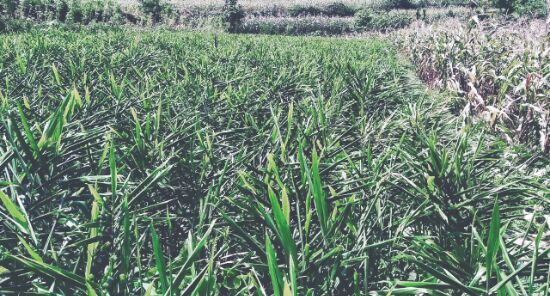Himachal Pradesh all set to double production of ginger in next 5-6 years

Shimla: Himachal's largest producer of ginger, Sirmaur –one of the state's backward districts, is all set to reap a rich harvest under the newly designed central government's 'one district, one product' scheme.
"Our idea is to make Sirmaur as a brand district and get a global recognition for the locally grown indigenous cultivars varieties. Nearly 1500 hectares of the district is already under the cultivation of the crop with two local varieties of Himgiri commercially grown in the district," said Minister for Agriculture Virender Kanwar here.
Solan –another cash crop growing district has also picked up ginger cultivation recently.
Ginger is a common ingredient in many Indian dishes and is also well known for its health benefits. Ginger growers pin hope on the new Atma Nirbhar scheme that helps farmers cultivate identified products on a bigger scale and get better prices by supporting farmer producers' organisations. Local self-help groups, cottage industries and processing units will also be linked to the chain for value additions, said minister. About 6000 families are dependent for their economic survival on the crop and it serves as the main source of income for small and marginal farmers.
Most of the ginger is produced in the hills in Nahan, Paonta Sahib, Pachhad, Rajgarh, Sangrah and Shillai areas of the district.
Around 55% of the total ginger area is under Paonta Sahib and Sangrah with an annual production of ginger in the district is recorded at 16650 MT during last year. Himachal Pradesh is all set to double the production of ginger in the next 5-6 years.
The total cost incurred for cultivation in ginger is about Rs 3,60,620 per hectare. The net income is Rs 7,06,880 per hectare.
This year, the pandemic has favoured an increase in domestic demand for ginger, with prices in wholesale and retail markets increasing rapidly as people consider it can help to strengthen the immune system to fight COVID 19. As ginger is commonly used as a spice for culinary purposes and its sale has been enhanced during Covid-19 pandemic for culinary as well as drink purposes like kaadaah, including ginger in juices, soups and extracts. The Department of Agriculture Sirmour procured about 800 quintals ginger seed from the farmers at Rs 100/per kg during last year, the minister added.
Ginger grows well in the warm and humid climate. It is cultivated in a varying degree of altitude, but the elevation of 1500 metres above Mean Sea Level is found to be more suitable. Ginger thrives best in well-drained soils like sandy loam, clay loam, red loam or lateritic loam. A friable loam rich in humus is ideal, said Kanwar.



